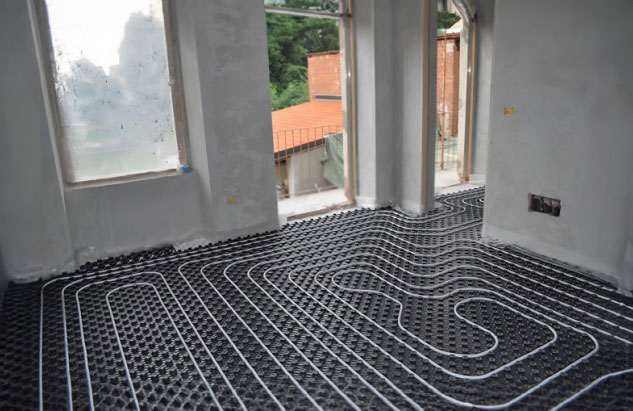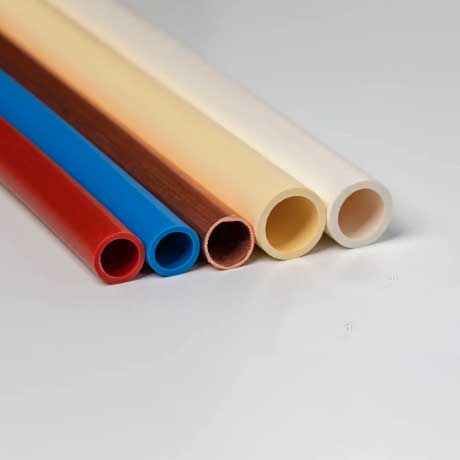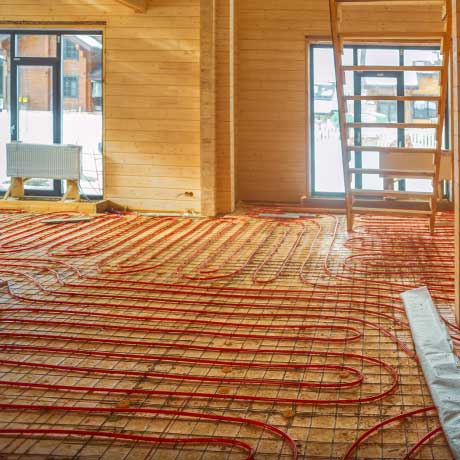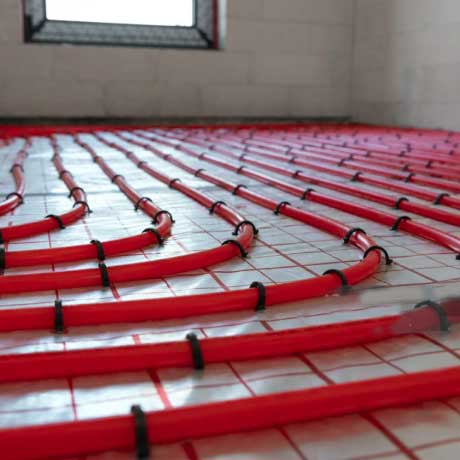

 was designed for the production of cross-linked polyethylene -PEX- tubes using the extrusion method. It is commonly used in plumbing and radiant floor heating systems.
PEX tubes offer hardness, durability, and resistance to exceptional high temperatures.
was designed for the production of cross-linked polyethylene -PEX- tubes using the extrusion method. It is commonly used in plumbing and radiant floor heating systems.
PEX tubes offer hardness, durability, and resistance to exceptional high temperatures.

 is a high-density cross-linked polyethylene -HDPE- and is classified as PEX-b.
is a high-density cross-linked polyethylene -HDPE- and is classified as PEX-b.
Comparing the 3 PEX, production methods PEX-b tubing has the highest burst pressure compared to PEX-a and similar or better resistance to oxidation, a very important factor for plumbing installations. Furthermore, PEX-b tubing has been used for over 40 years without known issues.


